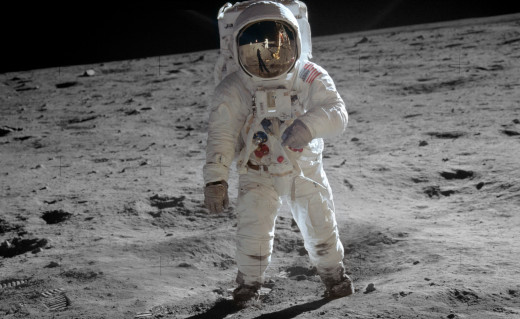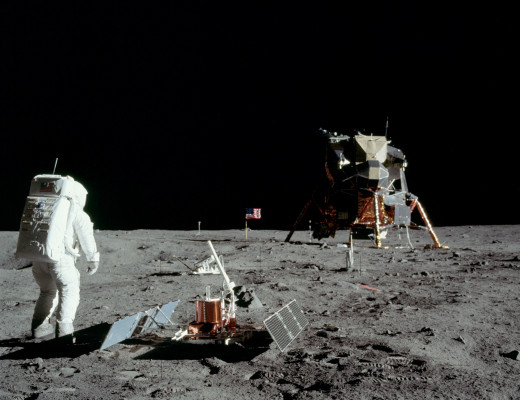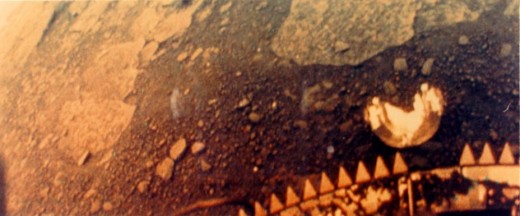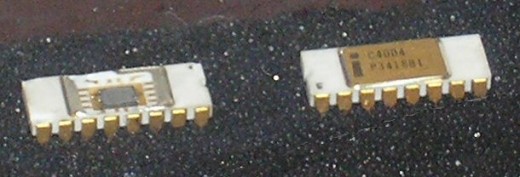1969 Science and Technology Landmarks

In 1969 society underwent many changes. Mainstream pop-culture faced the demise of the fab four as the Beatles called it quits as a band. The Manson family committed murders that would make them famous for years to come and the music festival known as Woodstock had its debut. But besides the cultural, social and political changes that took place many technological and scientific breakthroughs also changed history.
Creation Of The Internet
Created by a branch of the United States Department of Defense ARPANET (Advanced Research Projects Agency Network) became the world's first packet switching network. This network would be the beginning of what would become the Internet of today. The first message sent from one computer to another was completed on October 29, 1969 from a computer at a military contractor to another at the University Of California, Los Angeles. Some remnants of ARPANET were still in operation until 1989.
Other innovations to be noted in computer science include the invention of the laser printer by Gary Starkweather for Xerox.
First Man On The Moon
When John F. Kennedy became president of the United States he made a pledge to send man to the moon and back. This historic pledge was to be fulfilled before the end of the 1960s and it was on July 21st, 1969 as Apollo 11 touched down on the moon's surface. Astronaut Neil Armstrong made the famous quote, "That's one small step for man, one giant leap for mankind." The United States would launch six manned missions to the moon during the next few years. This also paved the way for the Viking Probes of the 1970s that would land and take pictures and soil samples on the surface of Mars.

First Probe On Venus
Other space exploration breakthroughs to be noted include the Soviet Venera 5 and 6 probes which landed on Venus surface. Both entered the Venus atmosphere, the first on May 16, and the second on May 17, 1969. Venera 5 continued transmitting data until it was crushed but the atmosphere 16 miles above the Venusian surface. The second probe continued to transmit until it was 6.8 miles from the surface of Venus. These probes led the way for future attempts that succeeded in landing on and taking pictures of the surface of Venus.

Artificial Heart Transplant
In 1969 the advancements made in medical technology allowed for the first artificial heart transplant. The operation was performed by Dr. Denton Cooley in Houston, Texas on April 4, 1969. The patient lived only a short time but from this first implant the understanding and technology began to advance further.
Other medically related breakthroughs include the discovery of the bio-molecular structure of Insulin, after many years of work by Dorthy Hodgkin.
String Theory
The first presentations were given on String Theory. The theory that all matter in the universe is composed of oscillating strings. This is one of a group of theories that attempt to explain the "Theory Of Everything."

Birth Of The Microprocessor
Although not commercially available until 1971 the project to create the first microprocessor began in 1969 by Intel which had just been founded in 1968. The new microprocessor was built to fill the needs of a Japanese company that had wanted numerous processors each to do one specific task. Strapped for cash Intel decided to make one type of processor to do numerous tasks. This chip became known as the Intel 4004 and would revolutionize the concept of the personal computer.








